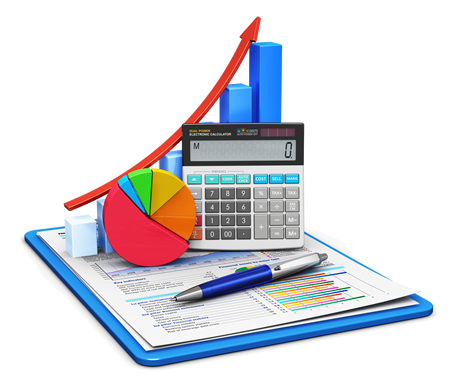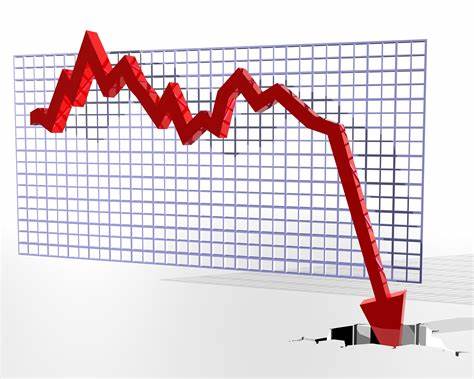Forensic Accounting Certification
Forensic accounting. Sounds like something out of an episode of CSI meets the IRS, right? If you think so, then you’re probably not currently looking for forensic accounting certification, but if you are–or you find after this article that forensic accounting interests you–there are a few things that you need to know.
First off, “forensics” doesn’t always mean dusting for fingerprints at a crime scene. It’s actually derived from a Latin word that means “legal” or “connected to the courts.” Forensic accountants actually work at accounting firms as legal specialists.

Forensic accountants deal with civil disputes over financial losses and damages, negligence claims, breaches of contract, and breaches of warranties, to name a few. They are also responsible for business valuation when the fair market value of a business is needed for a civil suit, such as a divorce, bankruptcy, or a dispute against the owner of the company.
Forensic accountants can deal with all of the above, but they often have specialties, particularly in large accounting firms. Other forensic accounting specialties include fraud, personal injury, insurance claims, royalty audits, and construction suits.
So although forensic accountants don’t show up at murder scenes, forensic accountants have their share of the intrigue of bringing criminals to justice, albeit a different kind of criminal. Forensic accountants are often called to testify in court, either to share their findings on a specific case or to give an expert opinion on the case as an unbiased evaluator.
How does one become a forensic accountant? You need special training and forensic accounting certification before you can start practicing as a forensic accountant. Unlike with more general areas of accounting, where CPA (Certified Public Accountants) certification is recommended but not required to practice, as forensic accountants work in courts, forensic accounting certification is required. This kind of accountant should also be able o us accounting software and modern tools such as Xero cloud accounting software service. This is also another measurement how effective and reliable an accountant is.
You typically need at least a bachelor’s degree in accounting as a starting point for forensic accounting certification. There are many specialty master’s degree programs that will help you get the educational background you need to apply for forensic accounting certification.
Your forensic accounting professors can help you navigate the CPA forensic accounting certification requirements to help you start practicing forensic accounting law! The forensic accounting certification requirements include 150 semester hours in forensic accounting education and an examination.

Ask your forensic accounting certification professors about becoming a member of the American College of Forensic Examiners (acfei.com). You’ll be able to attend lectures, read journals, and meet with other forensic accountants to discuss the latest changes in the law.
There are only a few thousand people with forensic accounting certification in the United States. There’s a big market for forensic accountants and not enough accountants with forensic accounting certification! If you’re excited by numbers and figures and you like digging through the minutest letter of the law, you should aim for forensic accounting certification!








